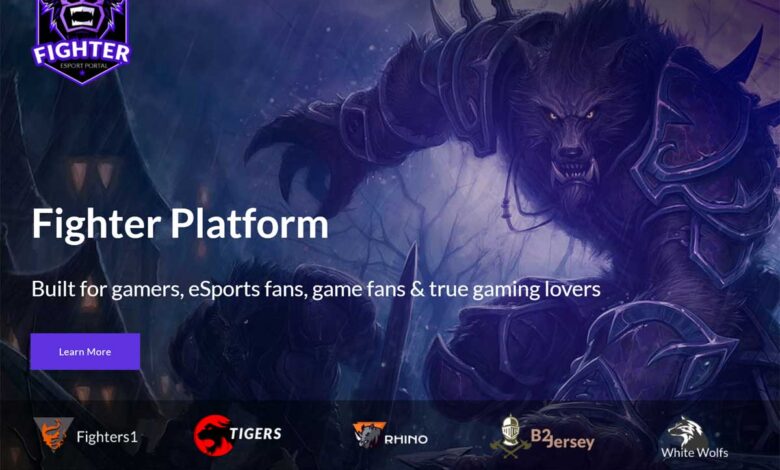Creating esports Website Design For Casual Gamers And Pro Teams

A well-planned strategy that takes into account the different wants and requirements of amateur and professional players is necessary when designing esports websites. Designing a consistent and user-centric online experience that caters to a wide variety of esports fans requires knowledge of audience segmentation, personalization of content and services, and maintaining a coherent brand identity (https://bachoodesign.com/esports/). With an emphasis on accessibility, participation, and ease of use, esports websites have the potential to become dynamic centers for the gaming community, encouraging gamers of all skill levels to meet one another, enjoy themselves, and achieve success in competitive settings.
Understanding audience segmentation
Knowing the specific wants and requirements of both amateur and professional players is the first step in creating esports websites that appeal to both groups:
- Casual gamers may seek out esports resources for entertainment, community participation, and gaming news and resources.
- Tournament schedules, player data, and team rankings are the most important information that professional teams value.
You may learn a lot about the likes, dislikes, habits, and problems faced by both groups of people by carrying out interviews, surveys, and user research. If designers divide the target demographic into subsets defined by characteristics like gaming experience, skill level, and competitive ambitions, they may create a website that caters to both recreational players and professional teams with specialized features and content.
Content and feature customization
After the target demographics have been defined, the next stage is to tailor the website’s features and content to meet the specific requirements of both amateur and professional teams. Designers may put an emphasis on features like casual match finders, gaming tutorials, and community forums for casual gamers to encourage engagement and social interaction. One way to make the website more entertaining is to include gaming-related news, reviews, and live streaming. On the other hand, in order to succeed as a professional team, you need access to resources like match analysis tools, recruiting platforms, and detailed tournament information.
Professional teams may get all the information they need to win esports tournaments from designers who can include features like player profiles, match replays, and tournament schedules. Website designers may build a unified and user-centric experience that suits both groups of users by tailoring content and features to match the interests and aims of each target group.
Upholding a consistent brand persona
Keeping a consistent brand identity that represents the esports community’s principles and ideals is crucial while appealing to all types of audiences. Whether they’re working with amateur teams or professional players, designers should aim for a unified and user-friendly website experience. This includes using a consistent color scheme, font, and images across the site, as well as including graphics and branding aspects inspired by e-sports.
The overall style should be clean and contemporary. To further guarantee that customers of varying levels of gaming expertise and experience may easily use the website, designers should emphasize accessibility and usability. Regardless of a user’s gaming experience or ambitions for competitiveness, designers may create an inclusive and welcoming environment by sticking to a consistent brand identity that addresses the wider esports community.
For more valuable information visit this website





